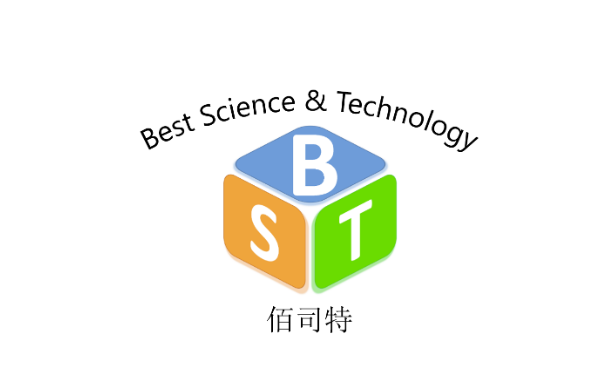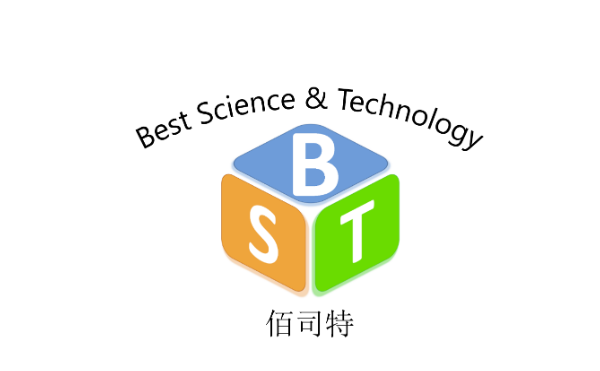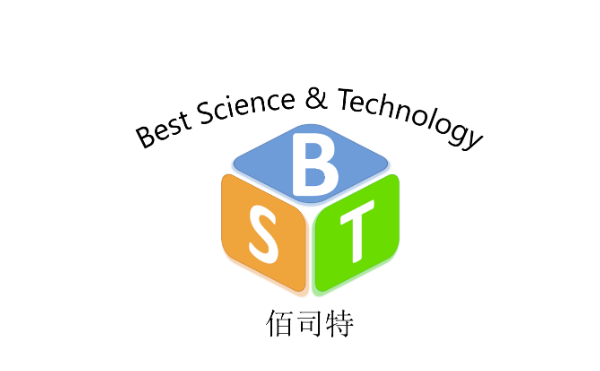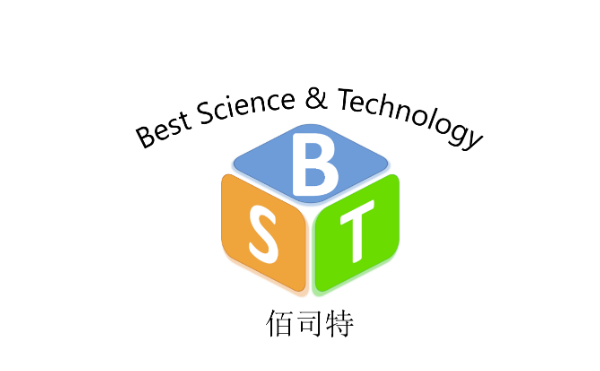人诱导多能干细胞来源的皮质神经类器官的产生
干细胞来源的皮质神经球是巨大的对基础神经生物学研究和药物有兴趣研究。在可控的搅拌槽中培养生物反应器可以改善神经的均匀性类器官培养并允许培养放大。我们使用微型生物反应器系统的产生人诱导多能干细胞(hiPSC)球状体类器官以及随后的神经分化。结果三个独立的生物过程证明了神经分化方案的再现性,产生大量的ipsc衍生neurospheres。
Production of Human Induced Pluripotent Stem Cell-Derived Cortical Neurospheres
人诱导多能干细胞来源的皮质神经类器官的产生
Abstract
干细胞来源的皮质神经球是巨大的对基础神经生物学研究和药物有兴趣研究。在可控的搅拌槽中培养生物反应器可以改善神经的均匀性类器官培养并允许培养放大。我们使用微型生物反应器系统的产生人诱导多能干细胞(hiPSC)球状体类器官以及随后的神经分化。结果三个独立的生物过程证明了神经分化方案的再现性,产生大量的ipsc衍生neurospheres。
Introduction
近年来,神经分化广泛人类胚胎和诱导多能性的规程干细胞已经发表。有实质性的对科学界使用这些细胞的兴趣研究大脑发育的基本机制,神经元功能和药物诱导的作用。传统的单层区分协议非常适合大规模使用筛选,因为它们很容易扩展并提供一个细胞均匀度高。然而,有二维细胞培养系统的几个局限性,主要是由于他们有限的复杂性。为了克服这些限制,体外大脑器官生成的协议是发展。他们允许产生高度结构化由不同区域组成的有机生物中枢神经系统不同区域的特征。这些系统可以在培养中保存20个月并表现出显著的成熟程度,其中使它们成为研究发展的有前途的模型人类大脑的一部分。不利的一面是,有很高的程度由随机效应引起的器官间异质性在类有机物的初始形成过程中。此外,这些模型的生产需要相当大的数量手工实验室工作,这限制了它们的可伸缩性。这些各种因素使得目前的有机生物技术不适合标准化模型或分析方法的发展。使用允许严格调节工艺参数的生物反应器提高神经球形培养的均匀性和允许放大,以产生足够的细胞数量的新颖药理学测试设备,比如多器官芯片系统。
TissUse公司开发了一种独特的“人体芯片”技术平台加快医药、化工、化妆品和个性化医疗产品。
Material and Methods
Media and small molecules
We used the following cell culture media: Initial cultivation of iPSCs was performed in StemMACS iPS-Brew XF (Miltenyi Biotec, Germany). Neural adaptation medium (NAM) consisted of KnockOut™ DMEM supplemented with 15 % KnockOut Serum Replacement (both Thermo Fisher Scientific, USA), 1 % MEM nonessential amino acids, 2 mM L-glutamine, 1 % penicillin-treptomycin, and 50 μM 2-mercaptoethanol (all Corning, USA). Neural induction medium (NIM) contained DMEM/F-12 supplemented with 1 % N-2 Supplement, 2 % B-27 Supplement Minus Vitamin A (all Thermo Fisher Scientific), 1 % MEM nonessential amino acids, 2 mM L-glutamine and 1 % penicillin-streptomycin.
We added the following inhibitors as indicated (Table 1, Figure 2).
Generation and characterization of iPSCs and initial cell culture
The iPSC line StemUse101 was derived from human peripheral mononuclear cells (PBMCs) of a 52 year-old male donor. Blood samples were donated with informed consent and ethics approval (Ethic committee, Berlin Chamber of Physicians, Germany) in compliance with the relevant laws. The episomal vector Epi5™ Kit (Thermo Fisher Scientific), containing the factors Oct4, Sox2, Lin28, Klf4, and L-Myc, was used for reprogramming PBMCs into iPSCs. We cultivated the iPSCs under feeder-free conditions on cell culture plates coated with growth factor-reduced 1 % Matrigel (Corning) in StemMACS iPS-Brew XF. Cells were passaged as single cells every five to seven days, and reseeded with 4000 cells/cm2. For the first 48 hours after passaging, we added 10 μM ROCK Inhibitor Y-27632. We exchanged the medium every day, except for the first day after passaging. We used the iPSCs in passages 18 to 30 for spheroid formation and differentiation into neurospheres.
Sampling and analysis
At several points in time, 2 mL of the spheroid suspension were withdrawn from the bioreactor via the submerged tube.
Assesment of pluripotency
To assess the pluripotency of the iPSCs, we dissociated the spheroids with Accutase® (Innovative Cell Technologies, USA), reseeded the cells on Matrigel-coated cell culture plates, and cultured them for two additional passages as described above. We analyzed the iPSC marker expression before and after spheroid formation by staining with the following antibodies: TRA-1-60-PE, SSEA-1-PE-Vio® 770, SSEA-5-VioBlue®, Sox2-FITC, Oct3/4-APC and NANOGAPC (all Miltenyi Biotec) and subsequent flow cytometric analysis on the MACSQuant® Analyzer 10 (Miltenyi Biotec). Gating was performed with Flowlogic® software (Inivai Technologies, Australia) and gates were adjusted to the respective isotype controls.
Cell counting
We dissociated a defined volume of spheroid suspension with Accutase for cell counting and viability measurement with an automated cell counter (Nucleocounter® NC-200, ChemoMetec®, Denmark).
Microscopical analysis of speroid size
Image acquisition was performed on a BZ-X700E fluorescence microscope (Keyence®, Japan) and spheroid size was analyzed using automated particle analysis with Fiji software. Pictures were transformed into binary images to allow automated particle recognition. The individual spheroid area and the roundness were measured. We used the roundness as a secondary parameter to assess the overall vitality of the spheroids, as it was observed that when local cell death occurred spheroids lost their round shape. Roundness was automatically calculated as:
Roundness = Area / (π x [Major axis]²)
The average diameter and the average volume of the spheroids were calculated from their area, assuming their sphericity.
Microscopical analysis of cell viability in the spheroids
After image acquisition, we stained a small portion of the spheroids for five minutes with 5 μg/mL propidium iodide (PI) and 10 μg/mL fluorescein diacetate (FDA) to distinguish dead and living cells.
Microscopical analysis of spheroid cell types and status
We embedded multiple spheroids in Tissue-Tek® O.C.T.™ compound (Sakura Finetek, The Netherlands) and immediately freeze them at -80 °C. We prepared sections of 8 μm thickness, fixed them in ice-cold acetone for 10 min, and permeabilized them for 10 min with a 0.2 % Triton-X100 solution. We performed immunohistochemical analyses as summarized in Table 3.
We used the following primary antibodies: Ki-67 (eBioscience®, USA, mouse anti-human), PAX6 (BioLegend®, USA, rabbit anti-human), Nestin (eBioscience, mouse antihuman), beta-3 Tubulin (eBioscience, mouse anti-human). The following secondary antibodies were used: CF488A goat anti-rabbit IgG, CF594 goat anti-mouse, CF488A donkey anti-mouse and CF594 donkey anti-rabbit (all Biotium®, USA).
Gene expression analysis
Spheroids were collected, washed, and frozen at -80 °C for subsequent RNA isolation. We performed RNA isolation and cDNA synthesis with the MultiMACS™ cDNA Synthesis Kit (Miltenyi Biotec) or with a combination of the NucleoSpin® RNA kit (Macherey-Nagel, Germany) and reverse transcription with TaqMan® Reverse Transcription Reagents (Roche Diagnostics, Germany). Real-time qPCR experiments were conducted using the QuantStudio® 5 Real-Time PCR
System with 384-well thermal block (Life Technologies, USA) and the SensiFAST® SYBR® Lo-ROX Kit (Bioline, UK) according to the manufacturer’s instructions. We normalized the measured cT values by the cT values of the housekeeping gene TBP. Fold-change was calculated compared to iPSC spheroids. We sorted the fold-changes into five categories:
0 – 0.75: downregulation;
0.75 – 1.25: constant expression;
1.25 – 4: light upregulation;
4 – 10: moderate upregulation,
and >10: high upregulation.
Outgrowth morphology
At day 14 and day 22 of cultivation, we plated spheroids on Matrigel-coated cell culture plates or chambered cell culture slides (Falcon, USA) to observe outgrowth morphology. Attached spheroids where then cultured in neural maturation medium (Neurobasal™ Medium, Thermo Fisher Scientific) with 1 % N-2 Supplement, 2 % B-27 Supplement Minus Vitamin A, 1 % MEM nonessential amino acids, 2 mM L-glutamine, 1 % penicillin-streptomycin, 10 ng /mL BDNF (PeproTech, USA) and 10 ng/mL GDNF (PeproTech), with medium exchanges every two to three days until neural rosette formation or neurite outgrowth was visible.
Protocol
咨询
- 415
- 点赞
- 复制链接
- 举报






